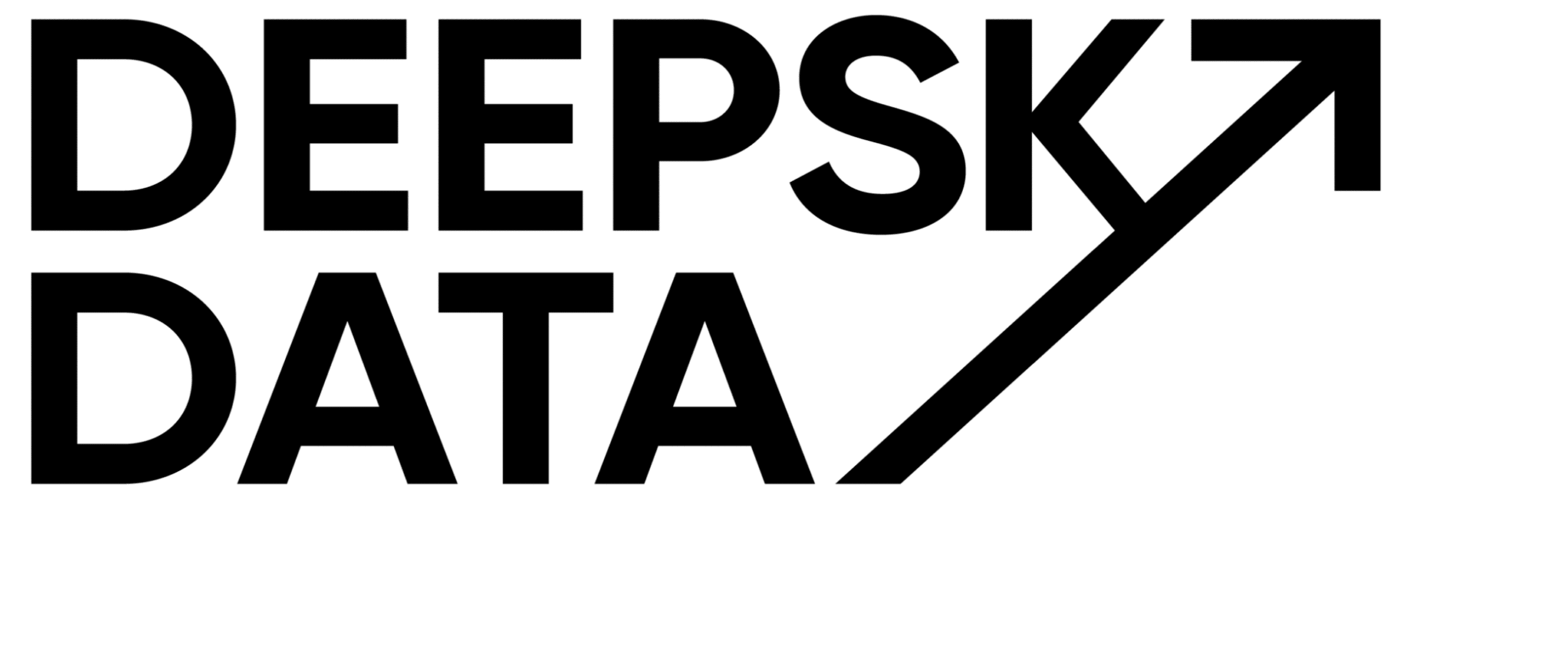We’ve been building data tracking plans for over ten years and learned a lot of lessons along the way. One of the most important? When it comes to data, it’s entirely possible to have too much of a good thing.
That’s because not all data is relevant to your purpose. At the most basic level, you want your data to tell you two things:
- How is my business doing?
- What does my customer journey look like?
Of course, you can —and probably will want to — leverage your data to provide more varied and granular insights than this. But in general, these two areas are the most important to pay attention to. Collecting data just for the sake of collecting data will end up creating a lot of noise and actually make it harder to identify valuable insights.
Now, you might be thinking that a “keep it simple” approach will work for smaller businesses, but not for big, multinational ones with millions of monthly users. And you’d be wrong. The principles of creating a good data tracking plan apply to every kind of business, from the one-person startup to the industry giant. And you can do it in just eight events. That’s right, eight.
To prove it to you, we’re going to create a mock data tracking setup, from start to finish, for a well-known company that operates internationally: AirBnB. We live streamed the construction of this tracking setup, and you can view the recording to see it all happen in real time. For a short recap of the experience and the key takeaways, check out this video.
Table of Content:
1. Creating a data tracking plan for AirBnB using just 8 events
2. Step 1: Define the business entities
3. Step 2: Define the actions for an entity
4. Step 3: Define the properties for entities
6. Learn more about data tracking plan frameworks
Creating a data tracking plan for AirBnB using just 8 events
So, let’s pretend we’re the data team at AirBnB, and we’re setting up the data tracking plan from scratch. Our first move is to focus on core events. In other words, the events that are essential to the business. In general, we like to divide events into at least two buckets:
- Core business events
- Product/UX events
The great thing about core business events is that they tend to be high level and evergreen, since they describe what goes on in your business. This means they don’t change much over time, so once you set them up, they’re good to go forever, needing at most just a few adjustments as your business evolves. Product events tend to cover how users interact with your website and/or application. These events involve object-plus-action and have time-limited relevance, being based around feature release monitoring and feature performance analysis.
Next, we want to look at each stage in the user journey, breaking it down into entities and actions.
Step 1: Define the business entities
For AirBnB, entities would include the objects (“objects” is the term I use, but this language may vary from company to company) that the user interacts with on their journey, such as houses, apartments, and other properties. The other business entities in the AirBnB experience include the search function, account, reservation, booking, payment, and session or visit (the marketing trigger that got the user onto the platform).
Step 2: Define the actions for an entity
After entities, it’s time to define the actions associated with them. Some of the actions we defined for AirBnB included: created, discovered, saved, shared, picked, viewed, requested, booked, deleted, and suspended/blocked. Just as with business events, these defined actions tend to remain the same over time, so no need to constantly change or update them.
Step 3: Define the properties for entities
While entities and actions are mostly static, properties are subject to more frequent change. These are the elements that provide context to an entity — in AirBnB’s case, they would include things like user country, property type, an object’s list position, etc.
Putting it all together
Now you can start putting your plan into action, creating the events that define the user journey from start to finish. For AirBnB, it might look something like this:
- Account created
- Object requested
- Object saved
- Reservation requested
- Reservation booked
- Booking confirmed
- Booking finished
- Payment paid out
This set of just eight tracking events is enough to create a funnel that drives the business. It can be set up in just two to three weeks and provide key insights into user behavior.
Data tracking really can be this simple and straightforward. The secret is not to over-complicate your approach by trying to track every event possible and instead focusing on the core ones that can yield the most relevant data insights.
Learn more about data tracking plan frameworks
If you’d like to know more, get in touch with us at deepskydata. We specialize in creating pro tracking setups that make data collection relevant, reliable, and not hopelessly complicated! It’s easy to get started — simply choose from one of our popular packages or schedule a free consultation call to get started.

